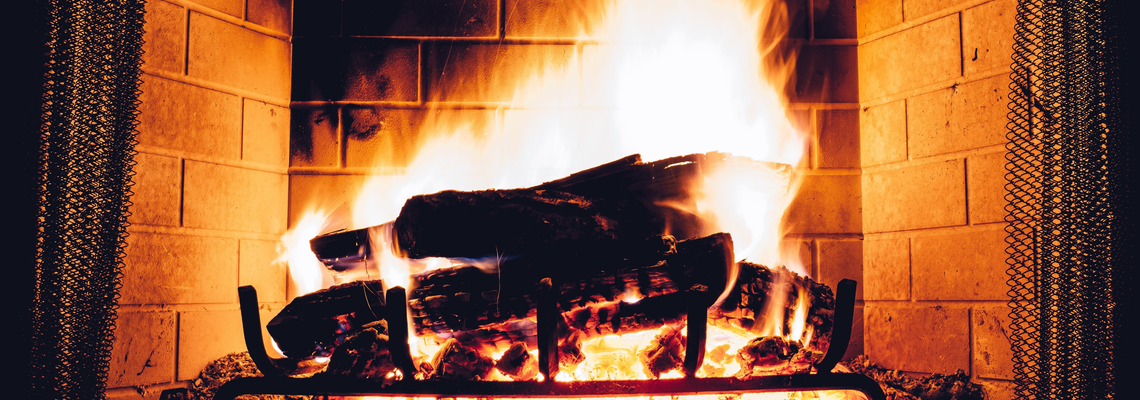
Particulate matter from wood-fired oven
Winter and Christmas time is stove and fireplace time. But watch out: Not all stoves are still allowed to burn because they emit too many pollutants. Although traffic and industry are considered the biggest producers of particulate matter, heating with wood has never been environmentally friendly either. It used to be no problem, but today any dirt that gets into the air is taboo.
When wood burns, soot and fine dust develop, both of which can lead to respiratory problems and cardiovascular diseases. The older the stove, the more of it it blows into the atmosphere. For this reason, the First Federal Immission Control Ordinance regulates which stoves can still be operated. Since January 2010, old stoves have therefore had to be retrofitted with a filter or replaced altogether, depending on their age. With success, because since 2010 it has been possible to reduce pollutant emissions from stoves by about a third.
Since 31 December last year, old models must have been fitted with fine dust filters or replaced completely. However, if the stove was installed after 1995, there is still a grace period until the end of 2024, when all stoves that emit more than 0.15 grams of fine dust per cubic metre and four grams of carbon monoxide per cubic metre must be retrofitted. They must also have a lockable door. Not affected by these regulations are open fireplaces, tiled stoves and historic stoves from before 1950.
It is important to be able to determine the correct age of the stove; if this is no longer possible and the emissions cannot be determined beyond doubt as a result, the stove must be replaced. Even if carbon monoxide emissions are too high, the stove must not continue to be operated, because a retrofit filter can be installed for fine dust particles, but not for carbon monoxide. It is often cheaper to simply decommission the old stove and install a new one, which also usually requires up to a third less fuel. Instead of expensive firewood, it is also advisable to use wood pellets, which produce considerably less particulate matter. When lighting the fire, it is important to avoid fine dust if the wood catches fire quickly, which is usually the case with pellets. Burning freshly cut wood is prohibited by law. This is because it has more than the permitted moisture content of 25 percent. How much moisture is still contained in the wood can be determined with a measuring device. The drier the wood, the fewer pollutants in the air.
This benefits everyone, not only car drivers, who do not have to fear any driving bans if there is little air pollution.
